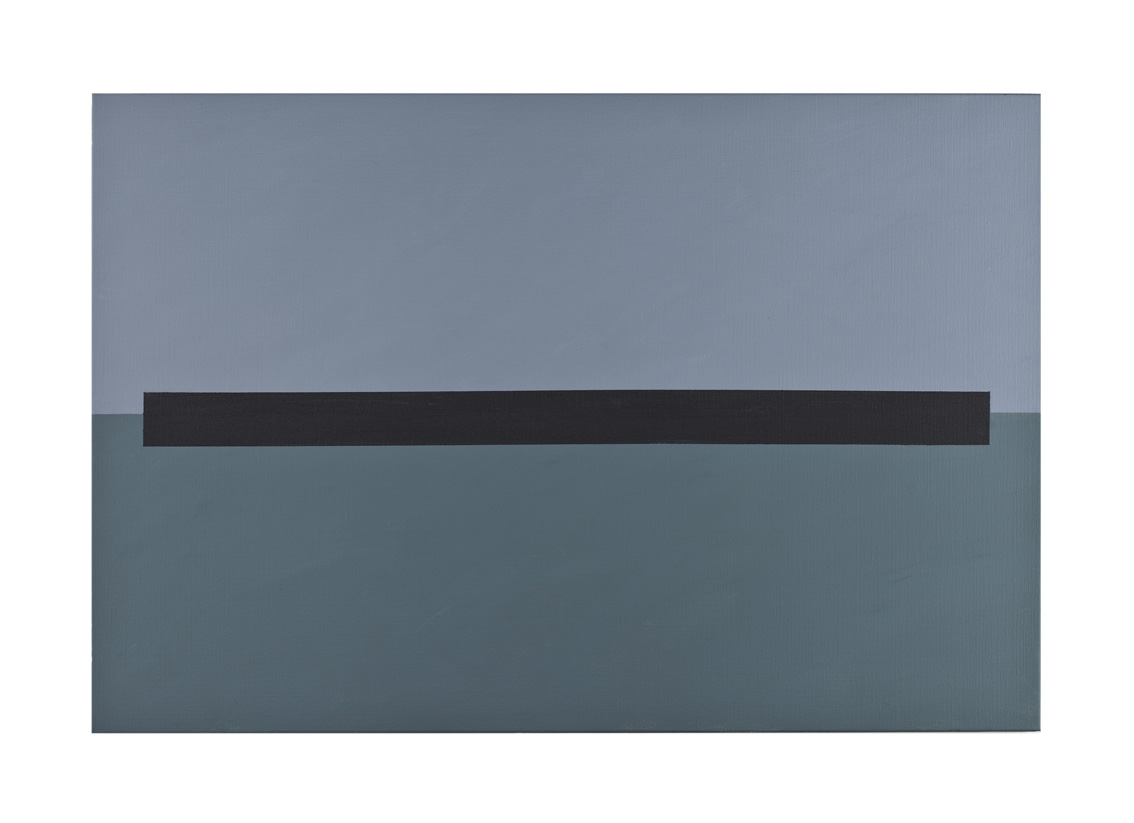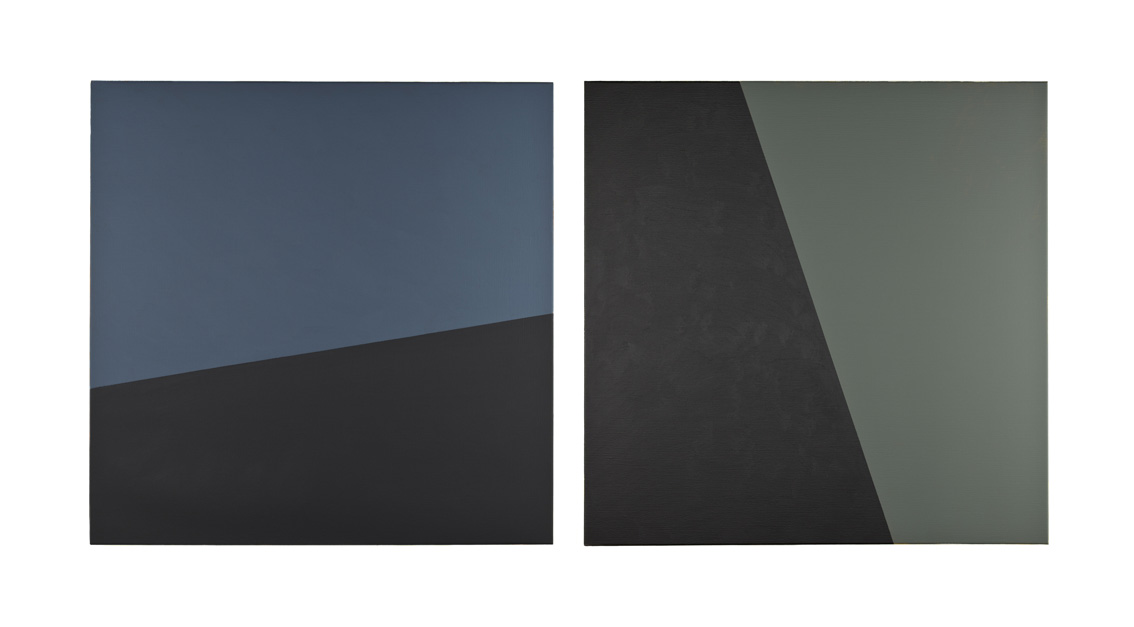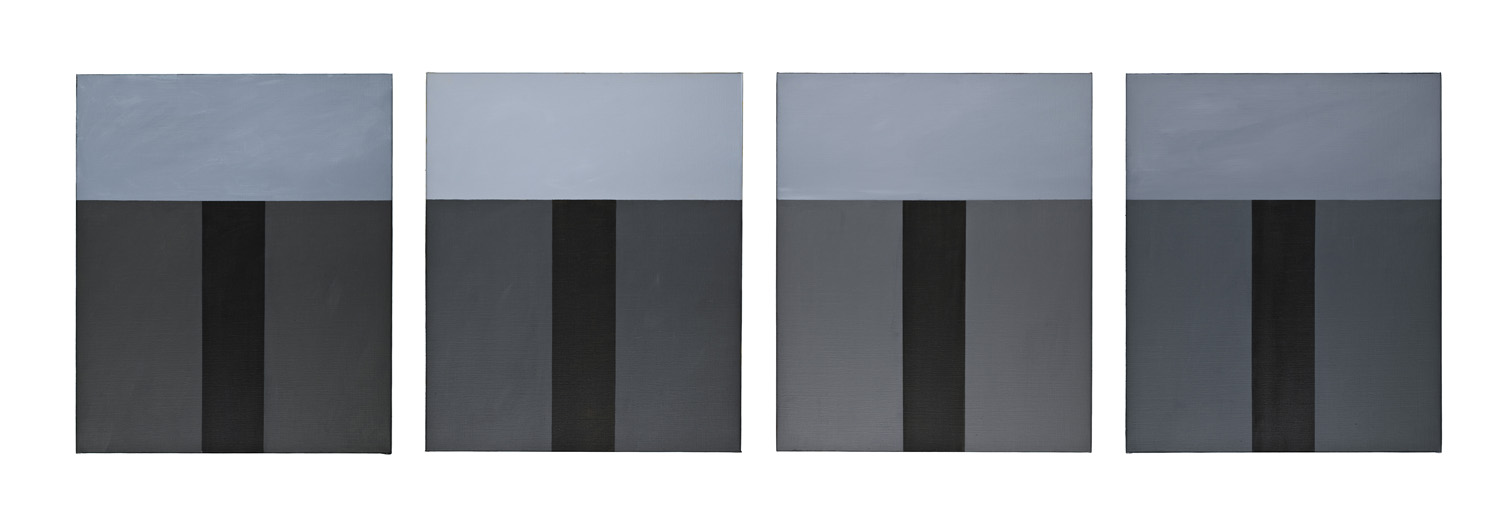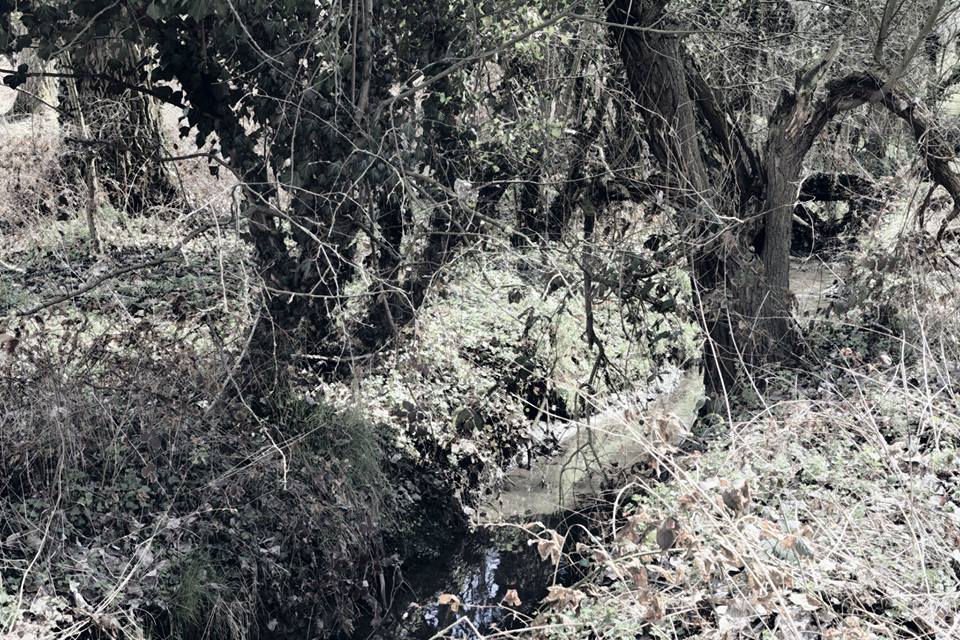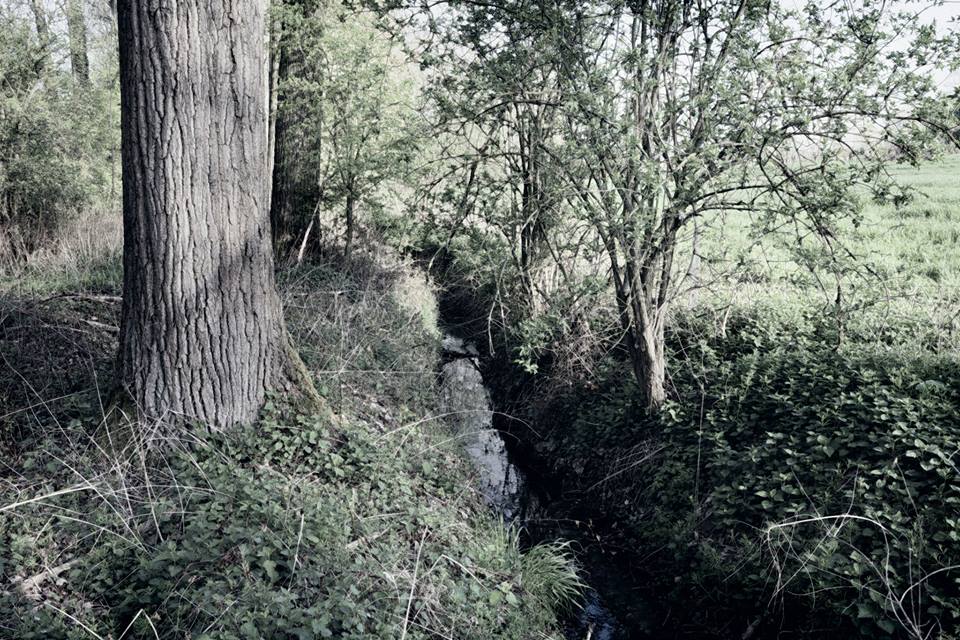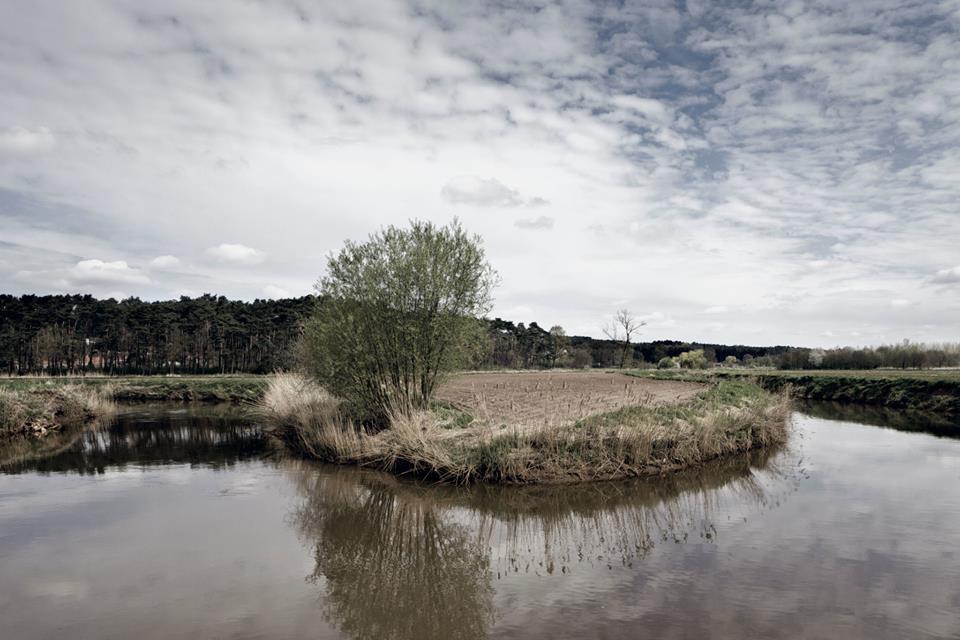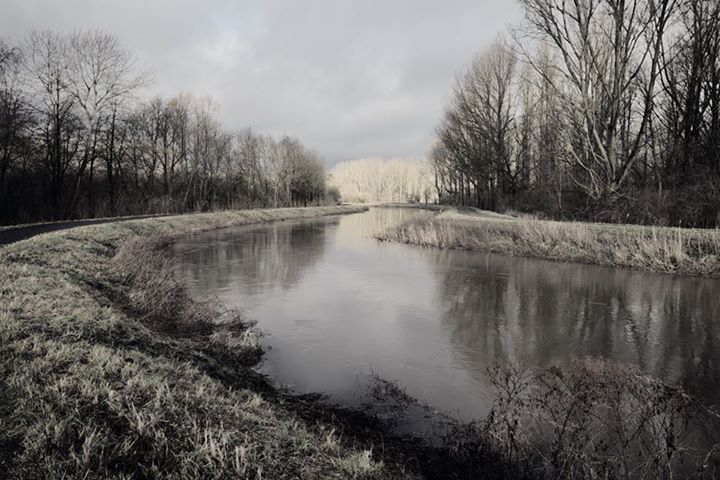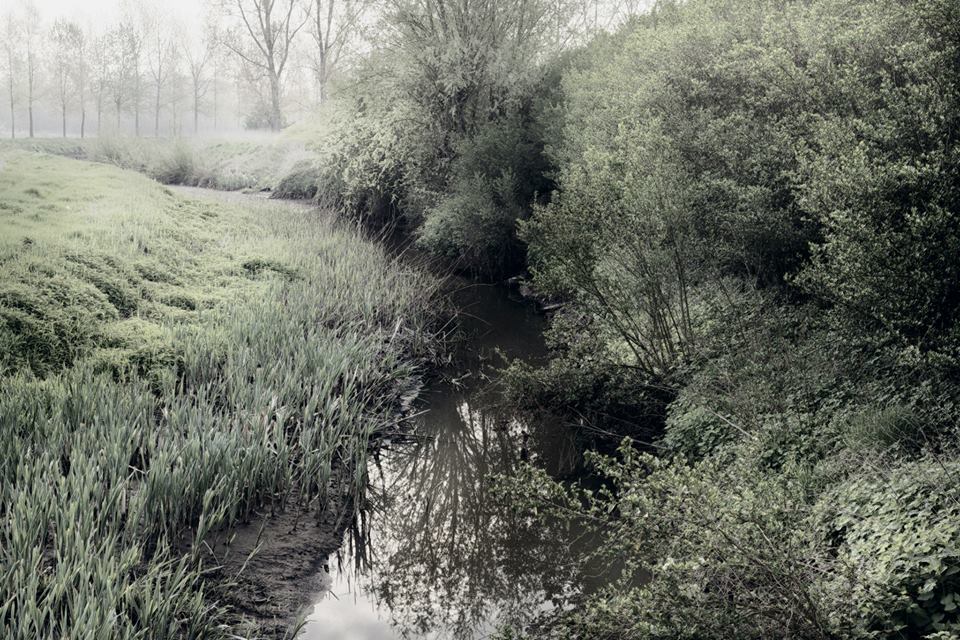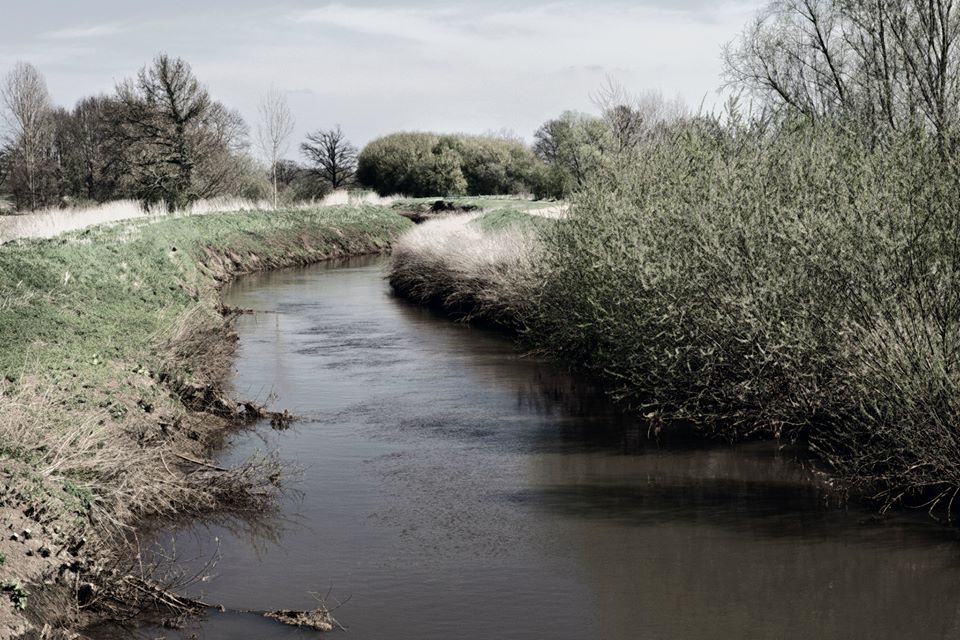|
LUC PIRON'S “PHOTO-GRAPHIQUES” OF THE DEMER LANDSCAPE By Frances Morelli and Edward Yang Brecht said that a conversation about trees appeared “to us” (and he was thinking of himself and other supporters of the Great Transformation of social relations ) “as almost a crime.” Today, confronted with the ongoing destruction of forests, the pollutions of the air, of oceans, the deterioration of soils, climate change and the rapidly diminished diversity of species, a conversation about trees can turn almost into the preparation of a “revolutionary act.” And the fact that painters and writers, at least since the time of Emily Carr, have turned to nature and conversationist issues, makes us aware that we, who today focus on the environment, have our predecessors. Luc Piron is an artist who has started out as a young, nonconformist, rebellious artist in the late 1960s and the 70s. He tackled themes of emancipation and “bondage” in a number of ways. Then, he turned to minimalist art. Was it a reaction to the abundance of representational images of television, journals, and billboards that attack our minds? Was it a turn to a sort of Buddhist meditation that abandoned the former rebellious stance and his critique of society? This is hard to say, perhaps. But like Roger Garaudy we must defend the freedom of the artist to choose his way. In old China, hundreds of years ago, the literati involved in questions of society, in politics and administrative matters used to abandon interventionist Confucianism when they left office either due to dismissal or to old age. They receded into the mountains. Some became Taoist anarchists, saying that the best ruler was he who did nothing, thus letting the Tao have its way. Others became Buddhists perhaps, singing the beauty of nature. Bo Juyi, in old age, sang of friendship, moments of drunkenness, a tree in front of his house, the mountains – but he also critiqued the injustice of society, from the point of view of an outsider. As for Luc Piron, who had been engaged in painting his series of black paintings and of white paintings not too long ago, we now note a turn towards the world around him, as well. He has been up to something new, to recording odd, isolated structures that he calls “Shelters,” in his area – perhaps also in response to the increasing number of homeless people and refugees who seek shelter in Europe. And he has been recording the river landscape of his region, the Hageland, in the last two or three years. It is an act that makes us aware of the remaining beauty of a part of his province (thus, of the world). And of the fact that this small, seemingly unperturbed area of hidden beauty is also threatened. The works that originated, in the course of his exploration, are manipulated photos that assume a painterly expression. They speak of his rapport to the land – wetlands, mostly – and the river, the plants, birds and other animals, but also the people who inhabit it – represented, however, only by marks they have left: the river rectification, the artificial lake, the architecture. Two poet friends have written a number of poems about this landscape, too. The one is a Flemish poet concerned with the preservation of the cultural specificity of the Flemish-speaking part of Belgium, and haunted by memories of past socio-economic domination of the Flemish by a French-speaking “elite” (something which today has been reversed by the socio-economic domination of Flanders, vis-à-vis the deindustrialized mining regions of the Wallonie). The other poet is a writer who has tried to reflect the diversity of “connotations” of Piron's works that capture the river landscape. Allusive references to the past are mixed with the beauty of the changing seasons that he sees in Luc Piron's “photo-graphiques.” He invents traces of cultural and economic history way back to the Celts as well as the Romans, and alludes to the recurring contradiction between rulers and ruled, but also to the “ecological question” that is so clearly implied in these works. Certainly, Luc Piron's “photo-graphiques” of the Demer are quiet, detached works – and in that respects, share a signifcant trait with his minimalist paintings. Like these paintings, they let us find again the inner quietness and distance that is sometimes a prerequisite of all critical analysis of the fluid “status quo” we face – a “status quo” that is in fact nothing but an accelerating, destructive process that mankind, “led” as it is by mediocre and selfish “elites,” remains trapped in. But if we are closing, much too often, our eyes to this development, is it possible that Luc Piron's “photo-graphiqes” of the Demer landscape can touch a chord in us, and might let us see what is at stake? (Feb.23, 2014)
New Minimalist Paintings by Luc
Piron
Side by side with the "photo-graphiques" of Luc Piron that recall his wanderings along the Demer River, the exhibition at the Meubart Gallery feature also Piron's recent series of minimalist paintings.
As I see it, these works represent another, altogether different confrontation with the river, the land, the horizon, the sky, and the seasons. (fm)
Luc Piron's Demer series is featured in the exhibition “Demer – The Land Along the River” at the Meubart art gallery in Diest, Belgium, from Feb. 22 until Apr. 6, 2014. “Demer – Het Land Langs de Rivier”,
tentoonstelling
See also the reviews in Het
Laatste Nieuws and in Het
Nieuwsblad.
check also LUC PIRON 2010 >< 1968
http://h8x12.be/iib/sites/default/files/H8X12%20IN%20DEPOT-EXPO%203-KL.pdf
* |
|
